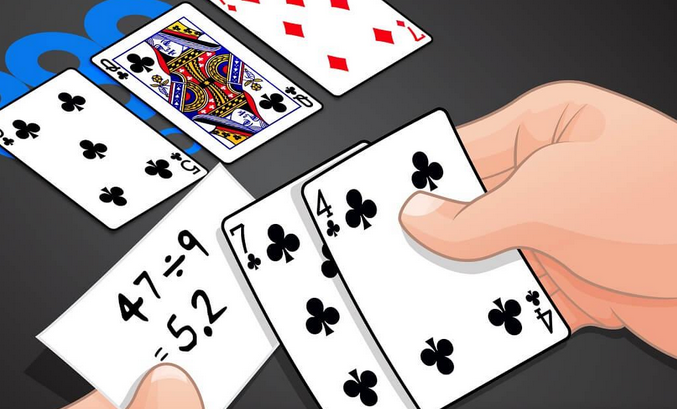Poker is a game of skill, strategy, and calculation. To become a successful poker player, it’s essential to understand concepts like pot odds and implied odds, which can help you make informed decisions and maximize your chances of winning. In this guide, we’ll delve into the fundamentals of pot odds and implied odds in poker, exploring how they work and how you can use them to your advantage.

What are Pot Odds?
Pot odds are a mathematical concept used to determine whether the potential payout of a bet justifies the risk of making that bet. In simple terms, pot odds represent the ratio of the current size of the pot to the size of the bet you need to call. For example, if the pot contains $100 and your opponent bets $20, the pot odds would be 100:20 or 5:1.
How to Calculate Pot Odds
To calculate pot odds, you divide the size of the pot by the size of the bet you need to call. For example, if the pot contains $100 and your opponent bets $20, you would calculate the pot odds as follows:
Pot Odds = Pot Size / Bet Size Pot Odds = $100 / $20 Pot Odds = 5:1
In this scenario, you would need to win the hand at least 1 out of every 5 times to break even in the long run.
Using Pot Odds to Make Decisions
Pot odds can help you determine whether it’s profitable to call a bet based on the likelihood of improving your hand and the potential payout. If the pot odds are greater than the odds of completing your draw, it may be profitable to call. Conversely, if the pot odds are lower than the odds of completing your draw, it may be better to fold.
What are Implied Odds?
While pot odds only consider the current size of the pot and the size of the bet you need to call, implied odds take into account the potential future bets and payouts that may occur if you hit your draw. Implied odds allow you to factor in the additional chips you could win if your hand improves, making them a more accurate measure of the potential profitability of a hand.
How to Calculate Implied Odds
Calculating implied odds can be more complex than calculating pot odds because it requires you to estimate the potential future bets and payouts that may occur if you hit your draw. To calculate implied odds, you need to consider factors such as your opponent’s playing style, the likelihood of them paying off your hand, and the potential size of future bets.
Using Implied Odds to Make Decisions
Implied odds can help you make more profitable decisions in situations where you have a drawing hand with the potential to improve. By factoring in the potential future bets and payouts, you can better assess the true value of continuing in the hand and make informed decisions about whether to call, raise, or fold.
Conclusion
In conclusion, understanding pot odds and implied odds is essential for success in poker. By mastering these fundamental concepts, you can make more informed decisions and maximize your chances of winning. Whether you’re considering calling a bet based on pot odds or evaluating the potential profitability of a drawing hand using implied odds, incorporating these concepts into your decision-making process can give you a significant edge at the poker table. Practice calculating pot odds and implied odds in various scenarios, and soon you’ll be making more profitable decisions and taking your poker game to the next level.

